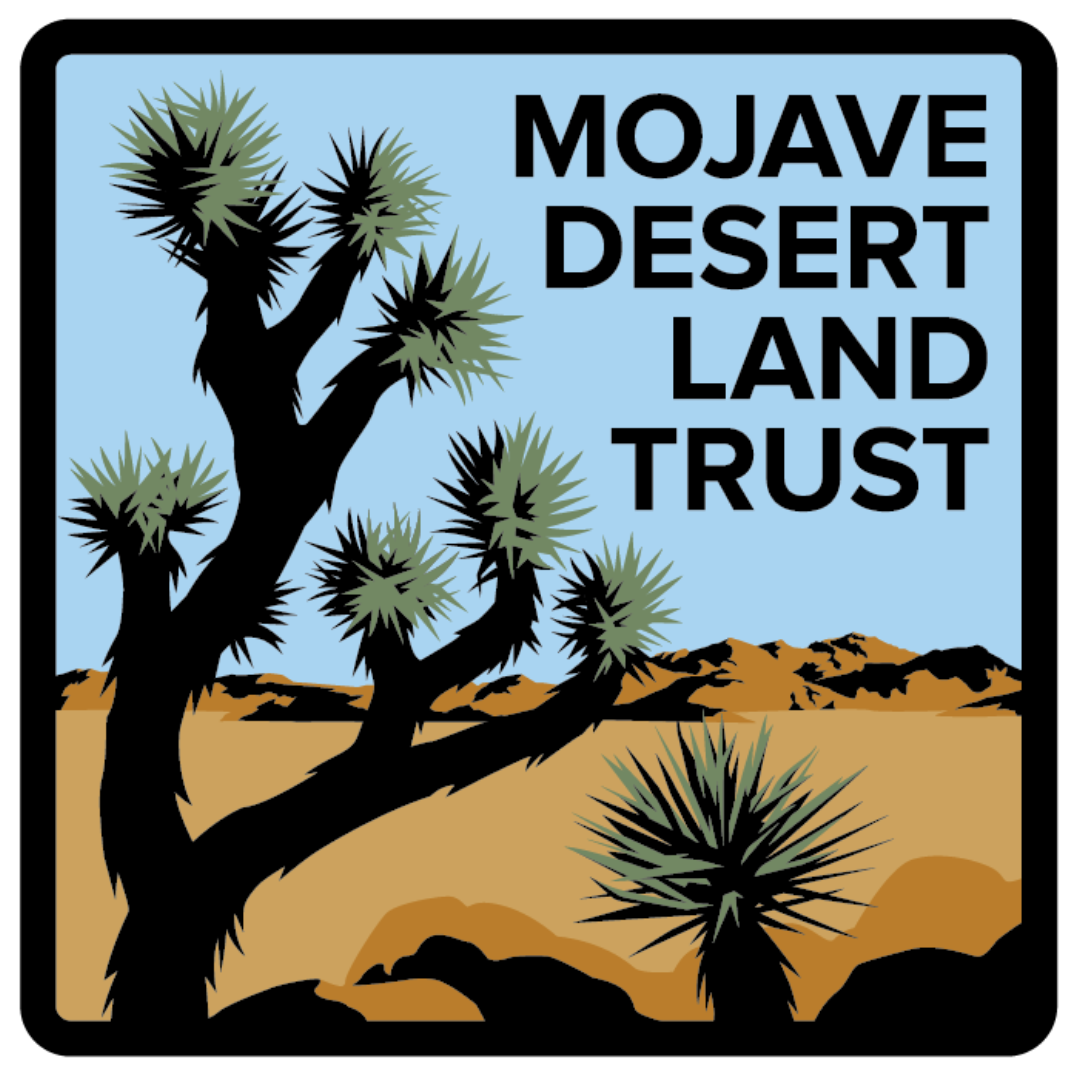Rediscovering the night sky after the pandemic

By Lauren Alba, Women In Science Discovering Our Mojave intern
After graduating from UCLA with a degree in Environmental Studies and Geography, I am driven to be an advocate for the environment, to help cultivate an interest in STEM in younger generations through teaching and mentorship, and ultimately to pursue a career in sustainability and climate change policy. From May to September 2021, I joined two other Women In Science Discovering Our Mojave interns in monitoring the night sky quality at eight locations within the eastern part of Mojave Trails National Monument. Our findings will help the Bureau of Land Management in its efforts to work toward International Dark Sky support for the National Monument.

Nature is one thing that never ceases to amaze me. Prior to the onset of the pandemic, I often camped. And, in September of each year, I attended the Dark Sky Festival at the Sequoia and King’s Canyon National Parks. There are astro-photography tutorials, meet-and-greets with actual NASA astronauts, and stargazing with astro-physicists.
So, after a year of staring at my computer screen and not being able to see more than a handful of stars each night, venturing into the vast natural beauty that is Mojave Trails National Monument and gazing up at the ink black skies and the awe-inspiring beauty of the Milky Way on our field excursions, I couldn’t help but feel the way so many of us do.… incredibly lucky and also very, very small.
And yet, I am also overwhelmed by the innate feeling that we are all connected and thus meaningful. From our relationship to loved ones far away who are looking up into the night sky at the same time, to the myriad ancestors who relied on these very same stars. Whether it was to navigate perilous seas, to escape slavery and find freedom in the dark cloak of night, the Indigenous peoples who used the stars and the planets as guides to build complex societies, or the miraculous series of events that enabled life on Earth, the night skies are magical and transformative.
It is an honor to be a part of this scientific research. It is also an opportunity to show what we can do as women in science in unforgiving terrain and with high stakes.

The WISDOM program has given me invaluable access to mentors in STEM, fieldwork experience, and the knowledge that we have worked in service of the greater good — by utilizing science to protect the land from the ill-effects of light pollution on the plants and animals that call it home and also for future generations of stargazers who come from far and wide to marvel at the Mojave’s vast and spectacular desert skies.
“For all the toll the desert takes of a man, it gives compensations, deep breaths, deep sleep, and the communion of the stars” — Mary Hunter Austin, The Land of Little Rain
This internship program is made possible through funding from Southern California Edison International.
For the Night Sky project, we are also participating in the Globe at Night and Loss of the Night citizen science programs. Why not join us? Our collective information can help our global community study light pollution around the world.
Deep in the Mojave, researching the night sky
